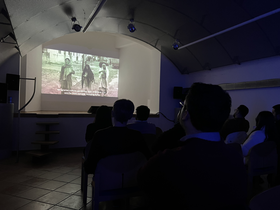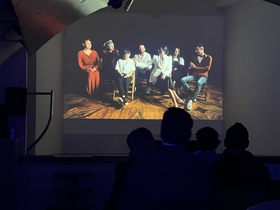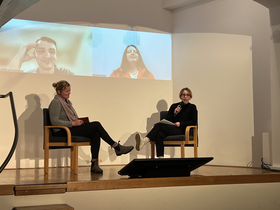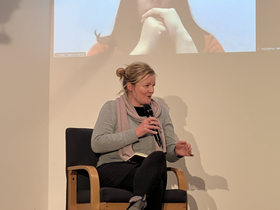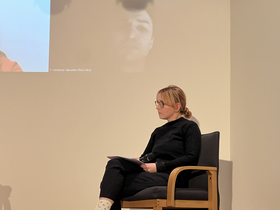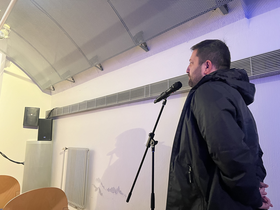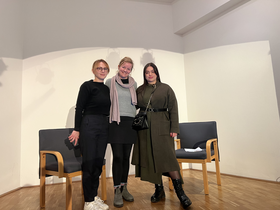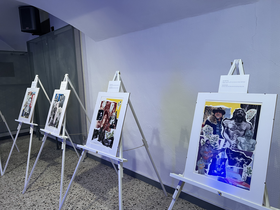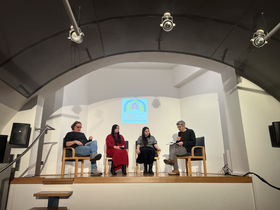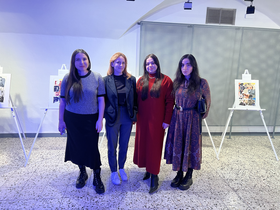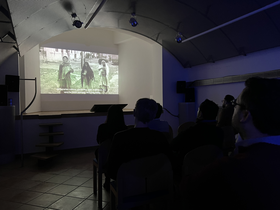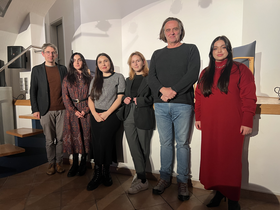«Me — Ukrayinatar». An exhibition of collages authored by a Ukrainian painter was presented in Germa
Who are the Romanis of Ukraine, why are they famous, and what is the role they play in the modern-day European society? This is the topic of the exhibition of collages entitled «Me — Ukrayinatar», which was opened in early December in Heidelberg, Germany. The exhibition expands our vision of the Romani identity from the standpoint of Oleksandr Maksymov, a Ukrainian painter and artist. It presents the way he views the reality of the genuine image of the nation: without stereotypes and prejudice. The visual character of author’s analogue collage technique offers the viewers to get acquainted to Romanis who have contributed considerably to the formation of the Ukrainian society by boosting the development of culture, health care, science, and social movements.
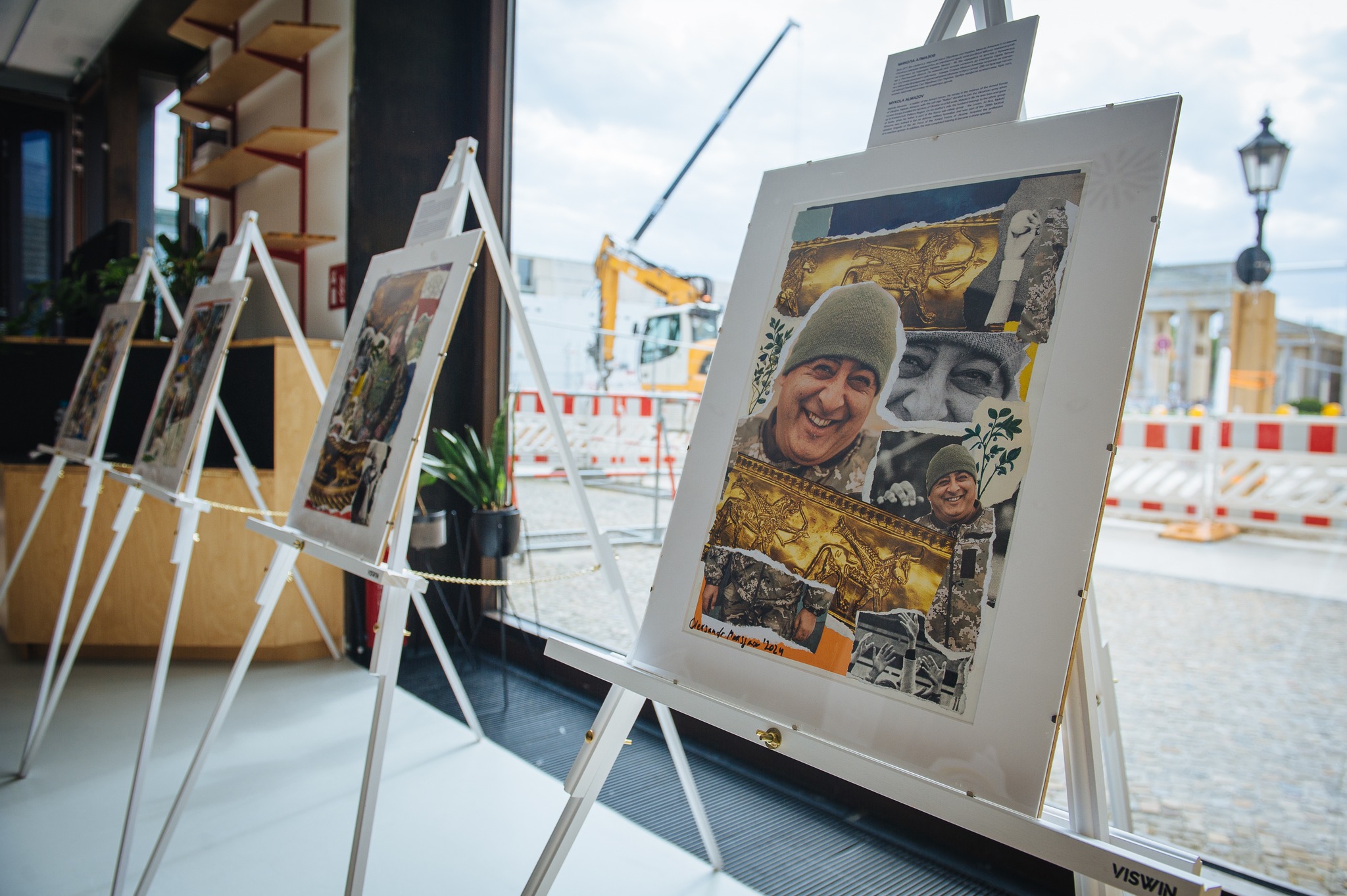
«Me — Ukrayinatar» means «I am Ukrainian» in the Romani language. Thus, the principal message transmitted by this Ukrainian painter is to represent the Romanis of Ukraine in the context of Ukrainian and Romani histories.
The series begins with portraits of Romanis in the military—those of them who went to fight in the frontline, to defend their Motherland, from the Second World War to the presently ongoing full-scale Russian invasion. At the same time, collages also depict Romanis from other walks of life—Romanis whose contribution to the development of the country’s historical context is considerable. These, among others, include writers, musicians, health care professionals, and activists. The best and brightest include, for instance, Rayisa Nabaranchuk , a poet who writes under the pseudonym Rani Romani, a representative of the Romani segment of literature, Mykhailo Kozymyrenko, a poet, a publicist, a translator, and an author of Romani alphabet who writes under his creative pseudonym Mikha Kozymyrenko, and Ihor Krykunov, People’s Artist of Ukraine, a director, a theatrical and cinema actor, a pedagogue, a civil activist, the founder and the Director of ROMANS Romani Academic Theatre of Music and Drama in Kyiv. They are those who are dismantling the stereotypical vision of the Romani community as they become equal, side by side with other nations, fighting for the better future for Ukraine as a part of the progressive Europe.
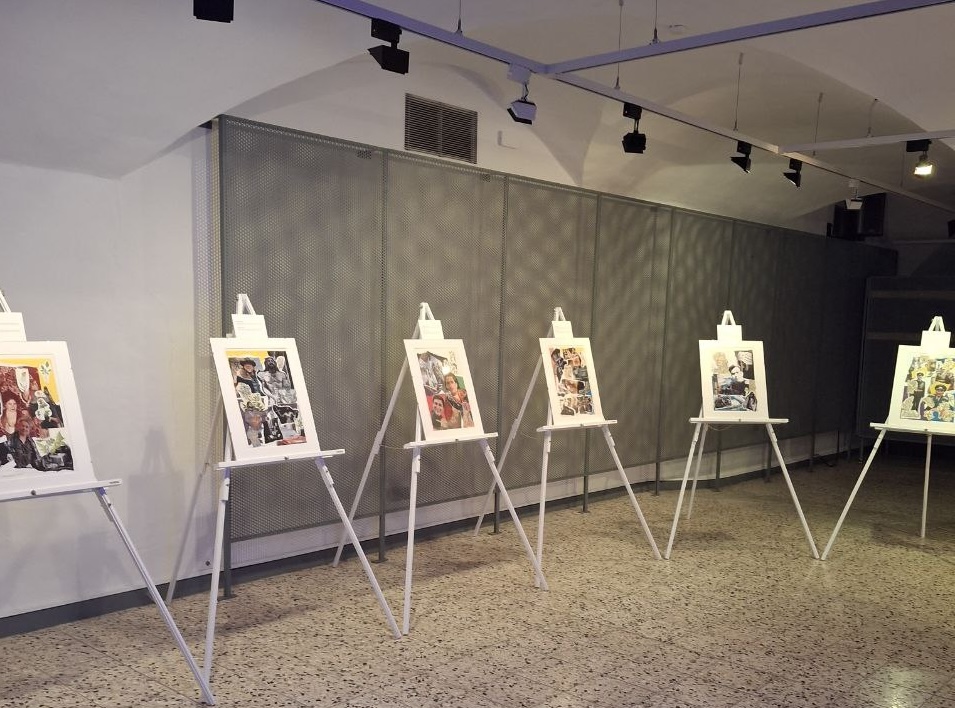
Oleksandr Maksymov’s exhibition was presented in the city of Heidelberg. This German city is situated in the northwest of the Baden-Württemberg federal land. The former capital of the Electoral Palatinate with its renowned Altstadt (the Old City Centre) and the Ruprecht Karl University of Heidelberg, the majestic remains of the former castle, and also the former Palatinate Library hosting one of the largest repositories of the Renaissance, now partially integrated into the Library of Heidelberg University as its component. Apart from the above, Heidelberg also has one of the oldest Centres for Roma and Sinti History which is an environment wherein cultural and social initiatives in Germany are launched. And so, it was within this Centre’s space that a discussion took place, attended by both Ukrainian and German speakers: historians, human rights advocates, researchers. The agenda, among other things, covered the topic of importance of Ukrainian Roma for the buildup of Ukrainian civil society.
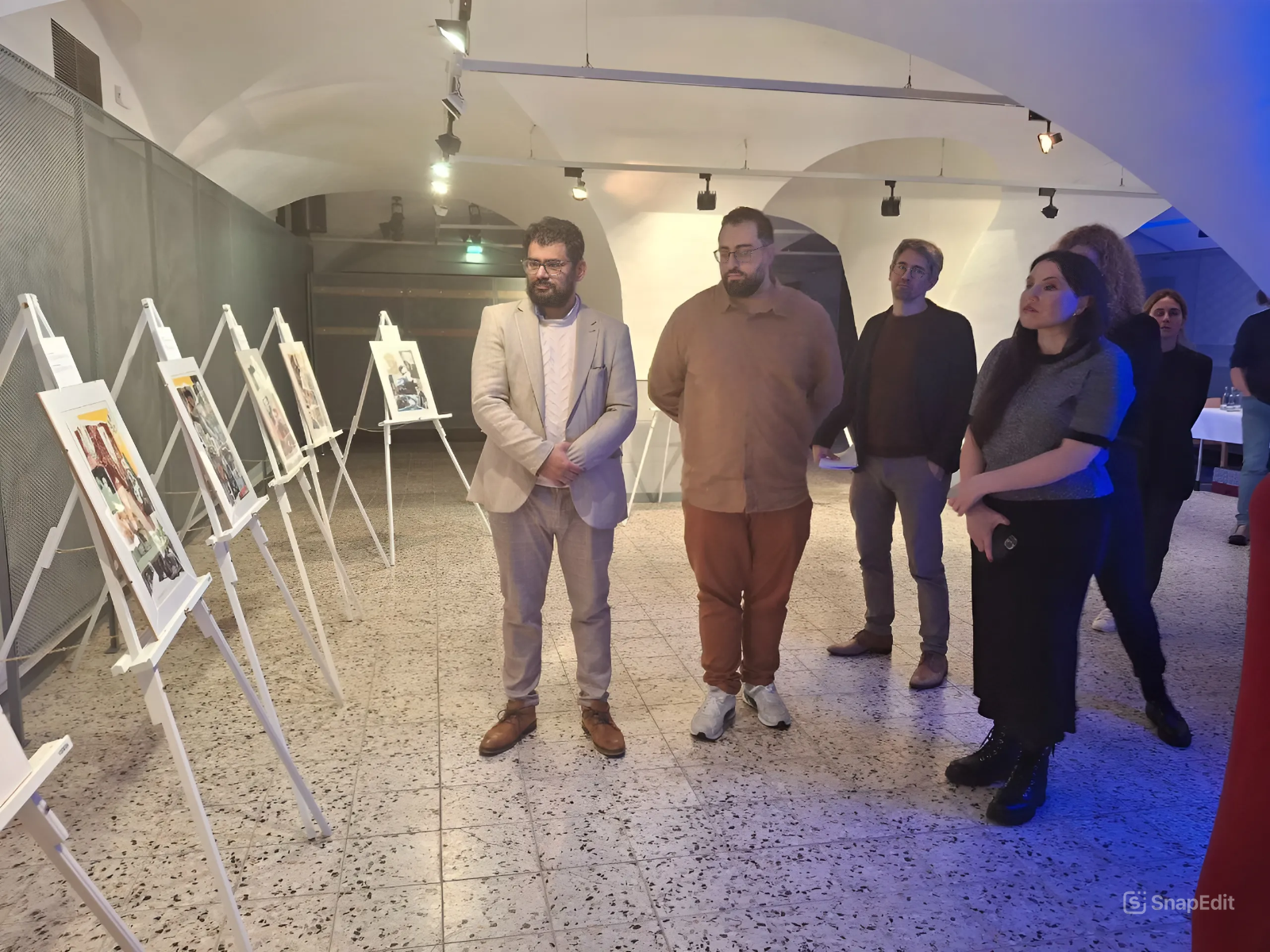
The «Me — Ukrayinatar» exhibition had its curators: Natali Tomenko, an artist, a human rights advocate, and Deputy Director of ARСA Youth Agency for Roma Culture Advocacy, and Eva Raiska, a Ukrainian writer, journalist, and a researcher into the Romani topics. The international event was also attended by Roza Tapanova, General Director of BABYN YAR National Historical Memorial, and Stefan Müller, a German historian and researcher, both of whom also participated in the abovementioned discussion.
See also
- To see, to feel, to remember: A new exhibition was unveiled in the Babyn Yar Museum
- Winners of the Roma Artists Support Program from Ukraine
- Me Ukrainatar exhibition in Drohobych
- “ARCA" opens Me Ukrainatar exhibition in Ivano-Frankivsk
- Performance Named Voices in Krakow
- Documentary performance "From Home to Home"
